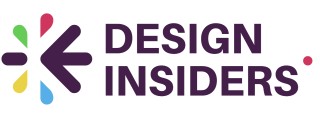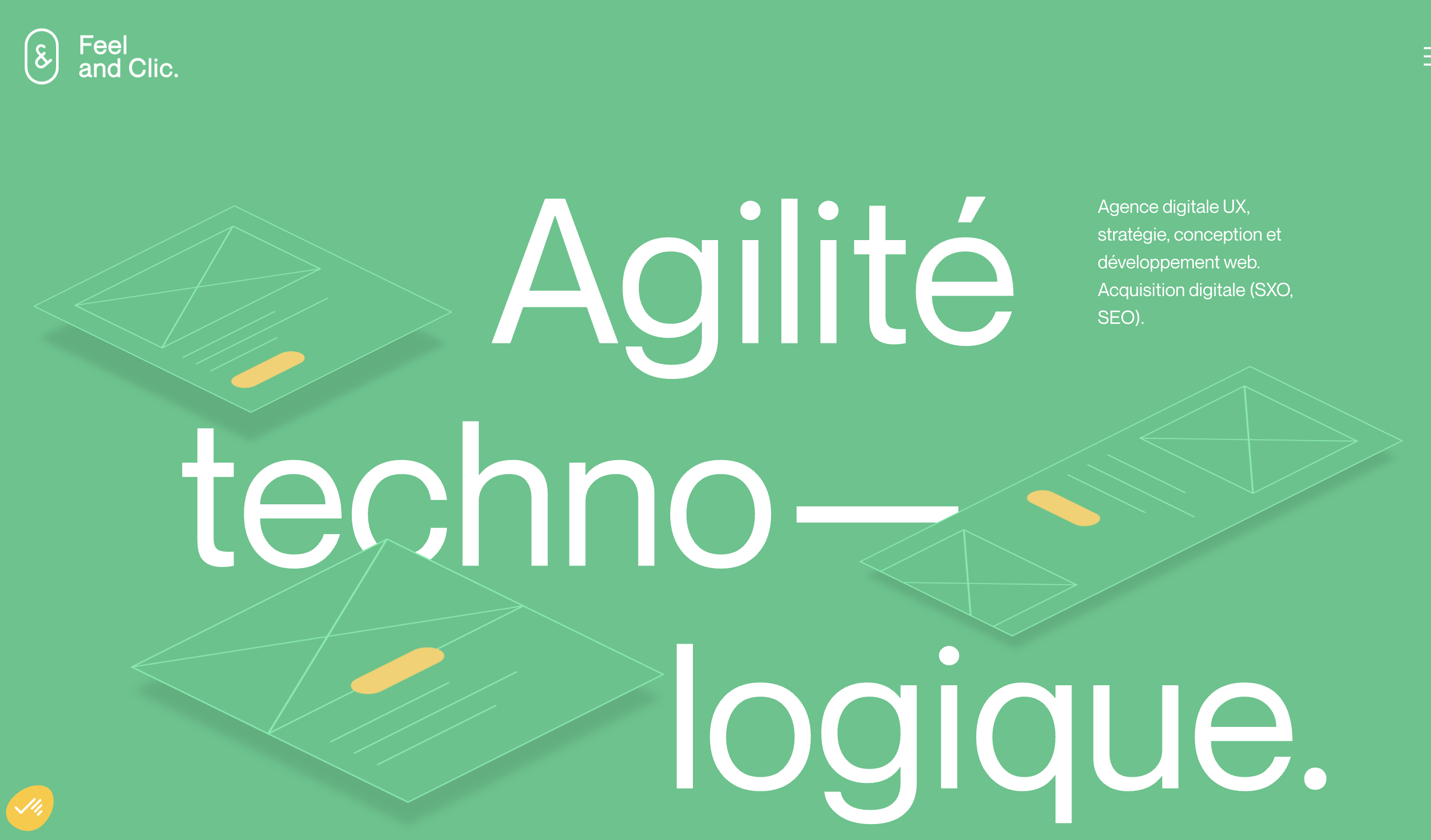
Understanding the Sticky Menu Concept
Grasping the Sticky Menu Phenomenon
The sticky menu, often referred to as a sticky navigation, is a design feature that keeps a menu or header in a fixed position as users scroll through a website. This element remains visible at the top of the page, ensuring that navigation options are always accessible without the need to scroll back up. The concept of a sticky menu is not only about aesthetics but also significantly enhances user experience by providing a consistent navigation bar.
Incorporating a sticky menu into a website can be achieved through various methods, including CSS, JavaScript, or plugins, especially for platforms like WordPress. By setting the position of the menu to 'fixed', designers can ensure that the navigation element stays at the top of the screen, regardless of how far users scroll down the page.
Understanding the sticky menu concept is crucial for web designers aiming to improve site usability and user engagement. A well-implemented sticky menu can streamline navigation, making it easier for users to explore content without interruption. This is particularly beneficial for websites with extensive content or complex structures, where easy access to different sections is paramount.
For those interested in diving deeper into effective web design strategies that boost user engagement, this resource offers valuable insights.
Advantages of Using a Sticky Menu
Benefits of a Fixed Top Navigation Menu
Employing a sticky navigation menu, or a fixed top navigation menu, offers several advantages when it comes to enhancing user experience on a website. Users no longer need to scroll back to the top, yielding a seamless browsing experience. Here's why it's worth considering for your site's navigation:
- Improved User Experience: A menu sticky element ensures that the main menu navigation remains accessible, providing users with easy access to important sections as they scroll through content. This leads to a more intuitive experience that users will appreciate.
- Increased Engagement: With the navigation always visible, users are more likely to explore different sections of your website, potentially boosting page views and interaction rates. A well-placed sticky menu aids in maintaining user focus and engagement.
- Enhanced Usability: Especially for long pages or sites heavy with content, a sticky header presents a constant anchor. It deters the user from feeling lost and encourages them to navigate effortlessly.
- Branding and Visibility: The fixed top position also ensures that your brand's visual identifiers, be it logo or unique elements like social media icons, stay prominently displayed.
- Technological Advantage: Modern wordpress themes and plugins offer functionalities that make it easy to add sticky headers using CSS and JavaScript, making the task of implementing one simpler than ever.
Adding a sticky menu can be especially beneficial for sites that prioritize enhancing user interaction. Well-designed sticky menus can significantly improve navigation on any webpage.
Challenges and Considerations
Balancing Functionality and Aesthetics
While a sticky navigation menu can greatly enhance user experience, it's not without challenges. The primary concern often arises from balancing functionality with aesthetics. A sticky menu that clutters the website or distracts users from the main content might undermine its purpose. Designers must carefully consider how the sticky element integrates with the overall design, ensuring it complements rather than competes with other elements on the page.
Compatibility and Technical Constraints
Another significant consideration is compatibility across various devices and browsers. Ensuring the sticky header functions properly on mobile devices requires testing. Applying CSS rules like position: fixed; top: 0; can help, but it might not work uniformly across all scenarios. This is where using a plugin, especially for platforms like WordPress, can simplify the process. Plugins often come with built-in features that address common compatibility issues, easing integration into a website.
Performance and Page Load Speed
Page load speed is crucial for user retention. A sticky menu, if not optimized, can negatively impact load times. When users scroll, the menu must respond quickly without lag. This involves careful optimization of the CSS and ensuring minimal server requests. It's also beneficial to evaluate how sticky headers affect the performance of the website as a whole.
Ensuring Intuitive User Experience
Finally, maintain a focus on user experience. A navigation menu should be intuitive, allowing users to effortlessly find the information they seek without unnecessary distractions. This might involve experimenting with the menu's positioning, transition behavior as users scroll, and designing a clear path for users to follow within the site's architecture.
Best Practices for Designing Sticky Menus
Principles of Effective Use of Sticky Navigation
Implementing sticky menus on your website can significantly enhance user experience, but there are best practices to consider for creating an effective navigation system. Here are some key points to guide your design process:- Clear Labeling and Hierarchy: Ensure your sticky menu items are clearly labeled and logically organized. This hierarchy helps users quickly find the content they are looking for while reducing cognitive load.
- Minimize Distraction: While sticky headers can keep navigation accessible, they should not overpower page content or become a distraction. Keeping your menu design simple and minimalistic will maintain focus on the main website elements.
- Responsive Design: Your sticky navigation must be adaptable to different devices and screen sizes. Consider how your menu translates on mobile devices and employ responsive CSS techniques to ensure a seamless experience.
- Lesser Known, Yet Useful Plugins: If you are using WordPress, take advantage of plugins to add or create sticky navigation menus efficiently. These plugins can help ensure that the menus are integrated smoothly and maintain performance.
- Smooth Scrolling Effect: Implementing smooth scrolling enhances the transition as users scroll through the page. This can improve the overall user experience and make navigating through the site feel more fluid and intuitive.
- Test Across Browsers: Conduct thorough testing to ensure your sticky headers function appropriately across different browsers and devices. Testing is crucial to avoid unexpected glitches that may affect user interaction.
- Utilize Position Fixed: Properly using the CSS property 'position: fixed' will ensure that the sticky elements remain at the top of the viewport even as user scrolls through the page, maintaining their accessibility and functionality.
Case Studies of Effective Sticky Menus
Real-World Examples of Sticky Menus in Action
In the ever-evolving landscape of web design, sticky menus have become a staple for enhancing user interaction and experience. Let us explore some examples where sticky navigation menus have been effectively implemented, enhancing the overall usability of the site.- E-commerce Websites
- Many e-commerce platforms leverage a sticky header to ensure that users can easily access the cart and navigation menu, no matter how far down the page they scroll. This integration often utilizes a plugin or CSS to fix the navigation bar to the top of the page.
- Sticky menus can boost usability by reducing the steps users take to reach key actions, like checking out or adding items to their cart, thereby improving conversion rates.
- Content-Heavy Blogs
- For blogs rich in content, a sticky side navigation helps maintain the organization of vast information. As users scroll through various articles, having an easily accessible navigation element creates a seamless experience.
- This implementation is particularly beneficial for WordPress sites, where plugins simplify the process of creating and deploying sticky menus.
- Portfolio Websites
- Creative portfolio sites often use sticky headers to ensure visitors can navigate through galleries and project pages without losing context. This is crucial when users are making a visual journey through curated work.
- Position-fixed navigation made possible with CSS keeps crucial navigation at the users’ fingertips, enhancing interaction without overwhelming the design.
- News Portals
- On dynamic news platforms that update frequently, sticky menus ensure that navigation to the latest headlines is always within reach. This feature aids users in jumping between categories and sections without deterring from the reading flow.
Future Trends in Sticky Navigation
Emerging Patterns and Innovations in Sticky Menus
Understanding the evolution of sticky navigation is pivotal for enhancing user experience. As websites become increasingly complex and visual aesthetics continue to evolve, sticky menus have cemented their place in the arsenal of web design tools. Here’s how this foundational navigation element is expected to shape the future.- Responsive and Adaptive Design: As websites strive to deliver seamless experiences across devices, integrating sticky menus with responsive designs becomes crucial. CSS techniques are being refined to ensure that navigation remains smooth and consistent, regardless of the device or screen size.
- AI and Personalization: With advancements in AI, sticky menus are moving towards personalized navigation experiences. By analyzing user behavior, AI can adapt the menu to highlight frequently accessed pages, making navigation more intuitive and efficient.
- Augmented Reality (AR) Integration: As AR becomes more prevalent, incorporating sticky navigation within immersive environments presents both a challenge and an opportunity. Designing position fixed menus that do not disrupt the user’s experience in such contexts is a key focus area.
- Simplification and Minimalism: There is a drive toward simplicity in web design. With sticky menus, designers are opting for minimalistic approaches that eliminate clutter, ensuring that essential navigation is always accessible without overwhelming the user.
- Enhancing User Feedback: Future sticky menus may be incorporated with interactive elements like motion and feedback animations. As a user scrolls, the menu might subtly change its appearance or convey useful information to enhance user experience.
- Sustainability in Web Design: As sustainability becomes a buzzword, digital designs are shifting towards being eco-friendly. Sticky navigation menus can contribute by optimizing how menu elements are loaded, thus reducing the website’s carbon footprint and improving speed performance.















